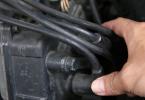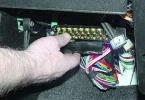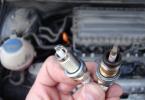The condition of the car's salon concerns motorists no less than the appearance of the paint coating of the body. And since plastic is one of the main materials, on the basis of which the interior, its recovery is an important issue for owners of vehicles. To do this work with your own hands will not be a lot of work, if you know the main methods that are used to repair the salon. You can simply replace the item, however, some elements of plastic are very expensive, so in many cases it is more profitable to returned to them for the old look.
Plastic recovery methods
Among car lovers, there are several popular ways to extend the life of plastic parts of the cabin. Many prefer to contact specialized services, where the restoration of the appearance of plastic is assigned to professionals. However, if desired, much is possible to do with your own hands. Return plastic details Attractive view can be three main ways:
- applying special paint;
- hauling leather or its substitute;
- pasting film;
- heated grinding.
Each of these methods should be considered in more detail.
Painting
One of the most simple ways to return the plastic of the car's cabin attractive appearance is painting. To carry out such repairs, the following materials will be needed with your own hands:
- special paint for plastic;
- primer;
- sandpaper with small grain;
- special putty for plastic;
- a set of tools for disassembling the cabin.
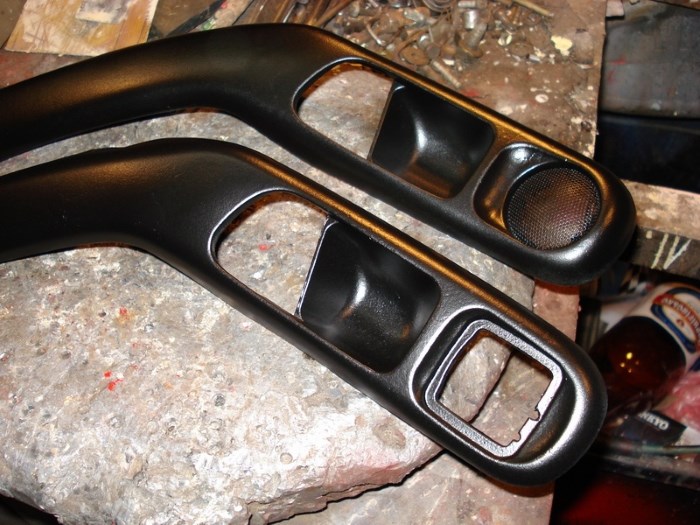
To begin with, it is necessary to dismantle the part to be restored. At the same time, it is preferable to use special tools to not add new scratches and scratches on the surface of plastic surface. The dismantled parts are thoroughly cleaned from dirt and dust, after which they are degreased safe for plastic to the agent.
If very deep scratches are present on the surface, then they can be carefully embedded with putty. After that, the details of the car's interior are cleaned with sandpaper with small grain.
This should be extremely careful, especially if the surface of the plastic has a corrugated structure. When painting parts with a complex and deep pattern, it is better to skip the grinding process, immediately proceeding to the next stage of repair.
Each detail is ground, stained and covered with varnish. The primer is applied in two or three layers, while after it applied it should be carefully examined with a good lighting. If there are defects, they are either grinding, or eliminate with putty. Paint as well as varnish is applied in several layers. At the end of the work, the parts are dried, installed in their place and polished.
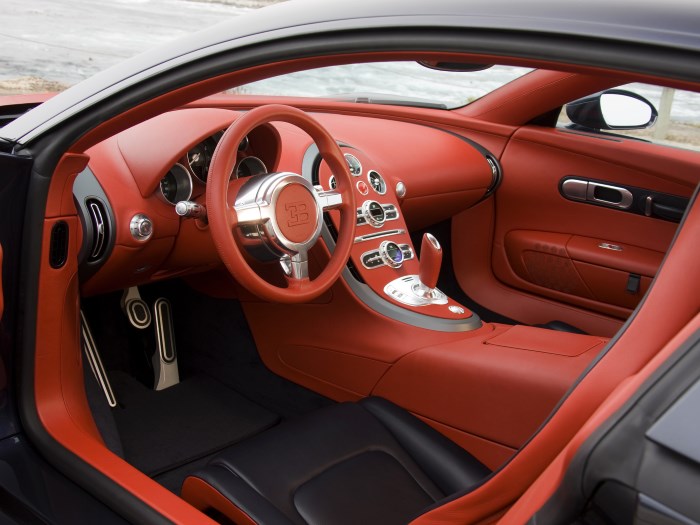
Feathering
One of the most expensive ways to restore plastic car salon is a leather skin or its substitute. To work, you need to prepare:
- material for tightness;
- special glue;
- stationery knife and scissors;
- a tool for dismantling plastic parts from the cabin.
Salon, as in the previous embodiment, it is necessary to disassemble. Separate elements are cleansed, dried and degreased. After that, make cutting material for tightness, for which the skin or its substitute is applied to the part and is placed by the marker along the contour. At the same time, around the edges need to leave a reserve in a couple of centimeters.
Then the skin is cut and pasted on plastic. Running the material laid on the glue is conveniently rubber roller, the edges of the skin are wrapped and glued on the reverse side, the surplus is trimmed. After laying, the details are left for drying, then neatly mounted in the car's interior.
In those places where adjacent elements are installed tightly to each other, the skin is not wrapped, and it is simply neatly cut along the contour and is carefully sick.
Oklayka
Another simple way to restore the plastic salon is a vinyl film pasting. The following materials and tools are needed for work:
- vinyl film of the desired color or under carbon;
- sharp stationery knife;
- construction hairdryer with power adjustment;
- plastic or silicone spatulas;
- rubber roller.
The interior is disassembled and prepared in the same way as described above, after which the material is reproduced. To apply a film to the part, the substrate is removed from it, after which it is applied to the surface. Then, with the help of a construction dryer, the material is heated and smoothed either by special spatulas or rubber roller. Further sequence of actions is similar to repair when painting or a drawing.
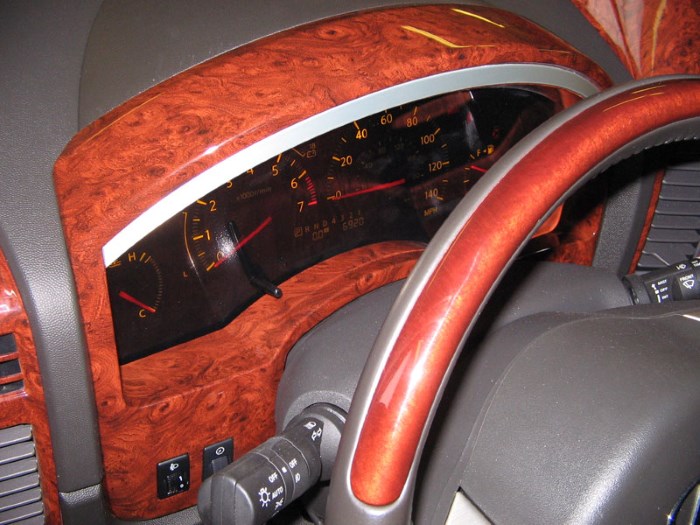
Grinding with heated
The cheapest and fast way to restore plastic parts of the car interior is grinding. This method is only suitable for non-damaged surfaces. Particularly careful should act if plastic has a corrugated structure. For this work you will need:
- construction hairdryer;
- sandpaper;
- terry towel;
- tools for cleaning and degreasing plastic.
To restore the item in this way, you do not need to remove anything and disassemble. This is especially true for those owners of cars that do not want to spend a lot of time. The specified method will also appreciate those who in the cabin details are removed with certain difficulties.
It is necessary to start working with surface cleaning - plastic thoroughly and degreases. Next, sandpaper is entering the work - if there are deep scratches and scuffs, it is better to use abrasive with large grain, and small defects are matured with emery paper p 1200.
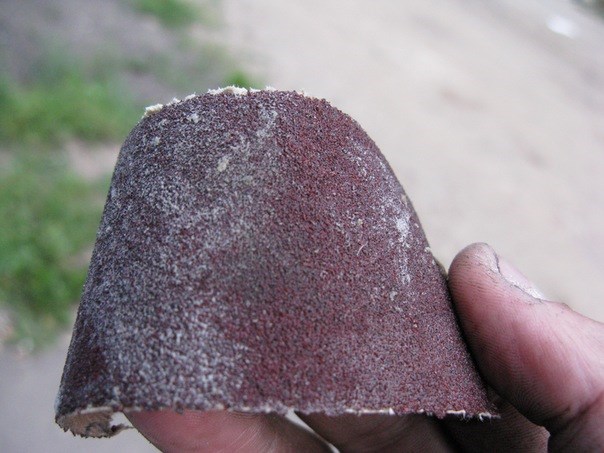
After that, plastic warms up with a hair dryer, while at the same time a small area should be processed if the item is very large. When working with the heat source, the main thing is not to overdo it and do not melt the material. If there is no experience in such a job, it will be better to use the usual household hairdryer for drying hair - its temperature is not enough to harm the parts, but it will be quite enough to achieve the desired effect.
After warming up the surface, it is polished with a conventional terry towel, while it is important to observe the direction of movements - they should be circular. If the work is carried out by a construction hairdryer, then rubbing the towel should start slowly and neatly. If plastic is overheated, then it gives a little cool time. After such a processing, any shallow scratches and scratch will disappear, and plastic will look like new.
